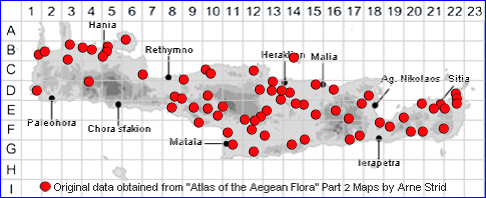
SPECIES DESCRIPTION
ANCHUSA ITALICA
Family and Genus:- See- BORAGINACEAE
Common Name:- Large blue alkanet.
Homotypic Synonyms:- Anchusa azurea.
Meaning:- Anchusa (Gr) Strangler or close. A name given by the Greek playwright
Aristophanes to an alkanet yielding red dye.
Italica (L) From Italy, Italian.
General description:- Perennial, with spreading (patent) dense bristly hairs
(hispid) rigid or soft, often tubercle-based.
Stems:-
1) 20-150 cm, erect.
Leaves:-
1) (5-)10-30 x (1-)1.5-5 cm, long-lanceolate. lower petiolate.
Flowers:-
1) Cymes, lax, much branched.
a) pedicels, 1-3 mm, up to 10(-15) mm in fruit.
2) Bracts, shorter than the calyx.
3) Calyx, 6-8 (-10) mm, up to 18 mm in fruit, divided almost to the base into linear,
acute lobes.
4) Corolla, violet or deep blue.
b) tube, 6-10 mm, slightly exceeding or shorter than the calyx.
c) limb, (8-)10-15 mm diam.
d) stamens, inserted at top of the tube, overlapping the scales.
Fruit:-
1) Nutlets, (6-)7-10 x 2-3 mm, oblong or oblong-obovoid, erect.
Key features:-
1) Nutlets, at least 6 mm.
2) Corolla-limb, (8-)10-15 mm diam.
Habitat:- Cultivated, fallow and waste ground, open shrubby ground, roadsides,
olive groves. 0-1100 m.
Distribution:- Balearic Is. and S France eastwards to Turkey. Widespread and
common on Crete.
.
Flowering time:- Mar-June.
Photos by:- Steve Lenton
